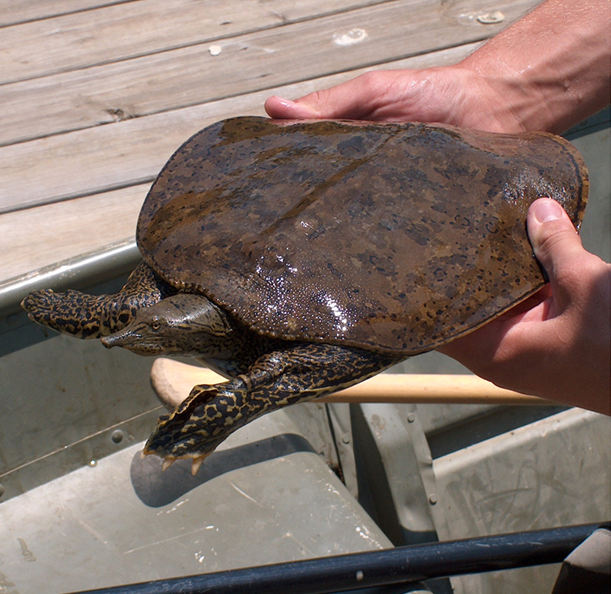Diet of a Population of Prairie Rattlesnakes (Crotalus viridis) in Kansas
DOI:
https://doi.org/10.17161/jnah.v2022i1.15758Keywords:
Crotalus viridis, diet, prairie rattlesnake, prey, rodentAbstract
This study examined prey items consumed and seasonal feeding events within a Prairie Rattlesnake (Crotalus viridis) population near Ulysses, Kansas, USA. A total of 183 specimens were collected over a period of three consecutive years (2012‒2015) during the active season from April to October. Most prey items consumed by this population were taken in spring between emergence from hibernacula and mating in early summer. Gravid females continued to take prey, likely opportunistically, while gestating. The only ontogenetic shift in diet composition was related directly to prey size. Larger snakes exhibited a preference for larger prey items. The two most abundant taxa in the diet of this population were Peromyscus spp (29.8%) and Sylvilagus spp (17.0%). Only one juvenile had consumed any prey within a week of capture.
Downloads
Published
Issue
Section
License
Copyright (c) 2022 Colleen Rothe-Groleau

This work is licensed under a Creative Commons Attribution-NonCommercial 4.0 International License.
Copyright is held by the authors. Articles in JNAH are made available under a Creative Commons Attribution-NonCommercial 4.0 International license.

